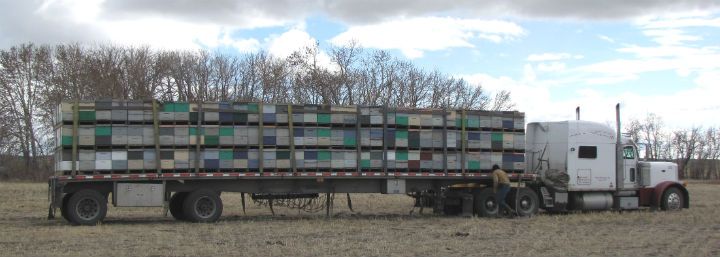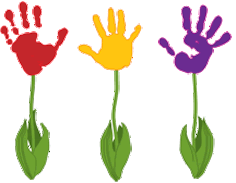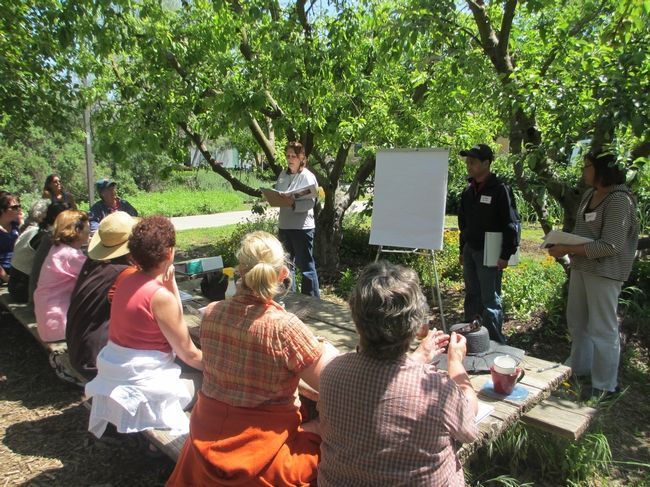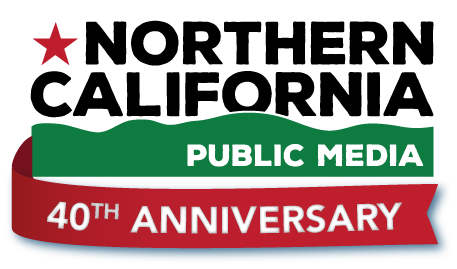 A convicted abalone poacher who was sentenced recently to probation and a fine also lost his ability to get a California fishing license for the rest of his life.
A convicted abalone poacher who was sentenced recently to probation and a fine also lost his ability to get a California fishing license for the rest of his life.
Paul Chak Po Mak, 62, of Oakland, was arrested and cited by Department of Fish and Game (DFG) wardens after taking more than the bag limit of red abalone from the Mendocino County coastline. The Mendocino County Superior Court sentenced Mak to three years probation and fined him $15,000.
His early October sentencing was the latest is a series of heavy fines and penalties levied on abalone poachers in Mendocino County that included permanent fishing license revocations.
 Between April 23 and May 21, 2012, California game wardens observed Paul Chak Po Mak take 52 red abalone, and Samuel Xing Sin, 41, also from Oakland, take 32 red abalone from the Mendocino County coastline. The seasonal bag limit for red abalone is 24. The men harvested the abalone for the purpose of unlawful sale on the black market. Both men have previous abalone poaching-related convictions in Mendocino County.
Between April 23 and May 21, 2012, California game wardens observed Paul Chak Po Mak take 52 red abalone, and Samuel Xing Sin, 41, also from Oakland, take 32 red abalone from the Mendocino County coastline. The seasonal bag limit for red abalone is 24. The men harvested the abalone for the purpose of unlawful sale on the black market. Both men have previous abalone poaching-related convictions in Mendocino County.
Additionally, Samuel Sin and four other men were recently sentenced in a separate abalone poaching case stemming from a November 2011 arrest. In that case, a warden contacted Sin at Agate Cove in Mendocino County where he and his associates took 24 abalone to sell on the black market. It is unlawful to sell abalone harvested under the authority of a recreational fishing license, or to harvest abalone for commercial purposes from the wild in California.
The Mendocino County Superior Court found the following:
- §Samuel Sin - Guilty of conspiracy and possession of abalone for commercial sales. He was fined $35,000 put on formal probation for five years, and the court revoked his fishing license for the rest of his life.
- §Paul Chak Po Mak – Guilty of possession of abalone for commercial sales. He was fined $15,000, put on formal probation for three years, and the court revoked his fishing license for the rest of his life. Mak also pled no contest to his probation violation in Sonoma County for a previous abalone poaching conviction.
- §Xiao Chen - Guilty of possession of abalone for commercial sales. He was fined $15,000 and put on formal probation for three years, and the court revoked his fishing license for the rest of his life.
- §Yaowei Chen - Guilty of possession of abalone for commercial sales. He was fined $15,000 put on formal probation for three years, and the court revoked his fishing license for the rest of his life.
- §See Ping Bob Ng - Guilty of conspiracy and possession of abalone for commercial sales. He was fined $25,000 put on formal probation for five years, and the court revoked his fishing license for the rest of his life.
 There is no doubt that climate change will have serious and widespread impacts on agriculture throughout California. New state legislation is intended to assist farmers in coping with those changes. Lori Abbot reports.
There is no doubt that climate change will have serious and widespread impacts on agriculture throughout California. New state legislation is intended to assist farmers in coping with those changes. Lori Abbot reports.
At right: Three generations of Burroughs family farmers walking their pastureland.
 As October begins, pollination season has largely ended and many commercial beehives are having their harvested. Now for the first time, beekeepers have a new tool to track just how much energy their efforts take, and the amount of greenhouse gases those efforts emit. With growing consumer interest in the carbon footprints of products and cap-and-trade legislation under AB32, emissions-tracking is becoming increasingly important for agricultural producers - including beekeepers and honey makers.
As October begins, pollination season has largely ended and many commercial beehives are having their harvested. Now for the first time, beekeepers have a new tool to track just how much energy their efforts take, and the amount of greenhouse gases those efforts emit. With growing consumer interest in the carbon footprints of products and cap-and-trade legislation under AB32, emissions-tracking is becoming increasingly important for agricultural producers - including beekeepers and honey makers.
Beekeepers truck some 1.5 million bee colonies around the state to help pollinate
The chain of production leading to pollination and honey processing is long. Apiaries require hive construction and management, bee travel for nectar and pollination, honey extraction, processing and packaging. And each stage requires energy inputs in the form of fuel, electricity or nutrients.
Researchers at UC Davis and the UC Sustainable Agriculture Research and Education Program (SAREP) have created a way to calculate how much energy is required to produce a honey product, and the amount of greenhouse gas emissions that are created throughout the process. Looking at the chain of production for an entire operation, researchers can estimate the carbon footprint for a single kilogram of honey.
Recently, SAREP released a honey carbon calculator to help individual beekeepers, both hobbyist and commercial, track the greenhouse gases of their own apiaries. The calculator is based on a life cycle assessment (LCA) of honey production, a cradle-to-grave accounting system used to track the energy requirements of products as diverse as cement, hybrid cars and almonds.
 A truckload of beehives prepares to hit the road“With agriculture, a life cycle has to include all of the upstream materials acquisition and energy acquisition before you even get to the agricultural field. So we’re looking at the impacts of all of that,” said Sonja Brodt, program coordinator at UC SAREP.
A truckload of beehives prepares to hit the road“With agriculture, a life cycle has to include all of the upstream materials acquisition and energy acquisition before you even get to the agricultural field. So we’re looking at the impacts of all of that,” said Sonja Brodt, program coordinator at UC SAREP.
The LCA of honey production is the first of its kind in the U.S. Alissa Kendall, assistant professor in Civil and Environmental Engineering, spearheaded the effort to assess honey’s greenhouse gas impact. To her surprise, “the big finding was the role of transportation in the life cycle.” Transportation of bee colonies for pollination and over-wintering uses the greatest energy and creates the greatest emissions.
Tracking these emissions is ultimately a benefit to a farmer’s bottom line, said
Elias Marvinney, a graduate student researcher focusing on agriculturally-produced greenhouse gas emissions said there are concrete financial rewards for being a net-carbon sequesterer. "If you can put a carbon negative sticker on your product, then you just expanded your market," Marvinney said.
Currently, honey producers and processors can input their records into the carbon calculator to determine which part of their operations have the greatest emissions and see where the greatest improvements can be made. The calculator can be found here. It comes with a guide.
 Now that California has officially designated a series of offshore coastal areas as Marine Protected Areas, the state needs to monitor them. Lori Abbot has this report on how that's being done.
Now that California has officially designated a series of offshore coastal areas as Marine Protected Areas, the state needs to monitor them. Lori Abbot has this report on how that's being done.
At right, an underwater fish survey in progress. Photo courtesy of Reef Check California.
by Aubrey White
 Lately, I’ve seen the familiar signs of back-to-school. The school bus noisily pulls away from my neighbor’s house before the sun has fully risen. The neighborhood kids are inside a bit earlier in the evening (probably to finish that pesky homework), and I see throngs of students walk down the street with heavy backpacks slung low over their shoulders. But there are a few new signs in my neighborhood that school is back in session; kids with dirty jeans, mud stained at the knees from time spent in the school garden.
Lately, I’ve seen the familiar signs of back-to-school. The school bus noisily pulls away from my neighbor’s house before the sun has fully risen. The neighborhood kids are inside a bit earlier in the evening (probably to finish that pesky homework), and I see throngs of students walk down the street with heavy backpacks slung low over their shoulders. But there are a few new signs in my neighborhood that school is back in session; kids with dirty jeans, mud stained at the knees from time spent in the school garden.
Interest in school gardens in
The Creating and Sustaining Your School Garden workshops teach the nuts and bolts of starting a garden, but also provide trainees with curriculum designed to bring many state-mandated education requirements into the garden. Between 2012 and 2014, the workshops aim to train approximately 700 school educators from throughout
“School gardens really should be regionally mentored,” says Carol Hillhouse, director of the UC Davis Children’s Garden Program. “
 Between 2007 and 2008, the workshops trained 180 trainers, who went on to train an additional 664 people in the practice of starting a school garden. The participants in those workshops represented nearly 300 schools, with a school population of 93,879. The sustained level of interest in these workshops and in school gardens in general over the years has been impressive.
Between 2007 and 2008, the workshops trained 180 trainers, who went on to train an additional 664 people in the practice of starting a school garden. The participants in those workshops represented nearly 300 schools, with a school population of 93,879. The sustained level of interest in these workshops and in school gardens in general over the years has been impressive.
School budget cuts, threats to school programs and teacher salaries are a grim reality in
Still, gardens are not yet institutionalized within school budgets, and so their success depends on staff members, community and parent volunteers. Hillhouse advocates for gardens becoming more than expendable extras within schools.
“There’s a real power in gardening. Whenever you’re gardening, people want to see what’s happening and get their hands dirty. They get excited and want to start gardens in their own schools; this is a tangible way they can make their schools a better place," she said. “If we help hone that attitude from ‘we can put a garden here’ to ‘we can put a garden here, and it can help support our science curriculum, and it can help kids understand what to eat in the cafeteria, and it can even produce roses that we can put on the principals desk,’ then we have a viable program. Not just a garden, but a program that enriches a school in many ways”
Creating and Sustaining Your School Garden workshops along with workshops in other topics will be offered several more times around the state between now and June of 2014. Visit the UC Davis Children’s Garden Program website for information on dates and locations as they are scheduled and links to workshop registration.

 Live Radio
Live Radio